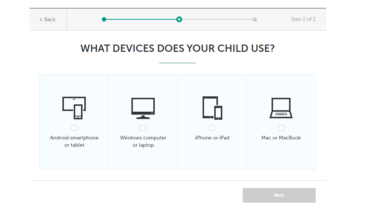

The user can bring a description of each threat up on the screen or disable the display of threat types. Different types of threats detected in real time are marked with different colors. Users can rotate the globe and zoom in to any part of the world to get a closer look at the local threat landscape. KSN possesses the very latest information about security incidents which is added to a map of the world in real time so that anyone can view the wide variety of threats, and the speed at which they spread. If it is malicious, access to the object is promptly blocked for all other Kaspersky Lab users, thus preventing an epidemic.

After comparing the behavior of the file on different computers, checking it against a database of hundreds of thousands of legitimate applications and using heuristic algorithms, the system issues a preliminary verdict on whether or not the object is malicious. Internal KSN mechanisms summarize the data sent automatically from thousands of protected devices whose users consented to share information about any suspicious programs they encounter. Kaspersky Lab’s globally distributed cloud-based infrastructure - Kaspersky Security Network (KSN) - helps Kaspersky Lab products receive information about new suspicious files and other threats almost immediately after they appear. In today's world of cyberthreats, it only takes a few minutes to spread new malicious applications or spam. The types of threats displayed include malicious objects detected during on-access and on-demand scans, email and web antivirus detections, as well as objects identified by vulnerability and intrusion detection sub-systems.

KasperskyEndpoint Security for Business Advanced.KasperskyEndpoint Security for Business Select.Kaspersky Internet Security for Android.Kaspersky Lab has launched an interactive cyberthreat map that visualizes cyber security incidents occurring worldwide in real time. The World Wide Web is probably the most widespread project created in the history of humanity. With each passing year, the Internet grows exponentially.

It needs cables, servers, towers and a lot of other things to work this complicated infrastructure is being constantly updated and upgraded. It’s almost impossible to imagine all these complicated communications - without a specialized map, of course. People all over the world have created a number of maps that visualize the Internet from different angles: the most popular web resources, locations where cables lay, interconnection of devices or domains and so on and so forth. So strap on your explorer cap and get ready to take a look at the most interesting maps of the Internet. Underwater threads of the World Wide WebĪ telecom market research company TeleGeography released an interactive map of the underwater cables that connect the global Internet.


 0 kommentar(er)
0 kommentar(er)
